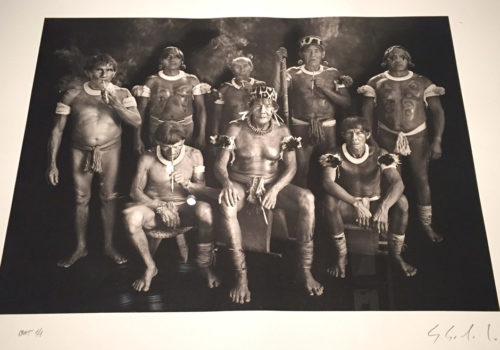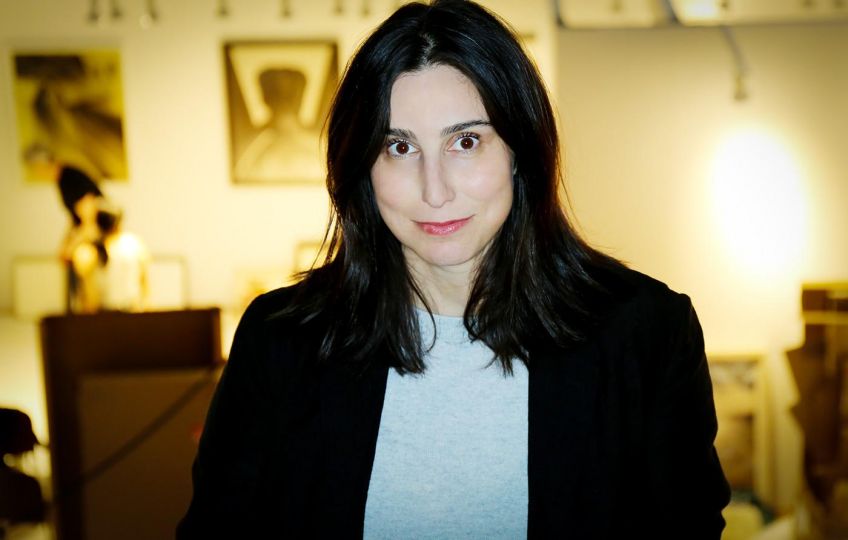Athina Lugez is a journalist and editor based between Montreal and New York City, she shares with us her diary of Photo London.
The first edition of Photo London kicking off at the Somerset House. This historically enriched, neoclassical building couldn’t have been a better place to launch London’s most important art fair of the decade as 176 years ago today, the term ‘photography’ was coined at this location by Sir John F.W. Herschel.
The day started off with a press conference at 10.30 am, where journalist and organizers gathered to attend the opening of Photo London 2015. The directors of the fair, Michael Benson and Farida Farshad explained their motivations to transform London into a world centre for photography because of the city’s historical ties to the field, as well as its intellectual and financial opportunities. The arrival of Photo London represents a catalyst in the world of Art, with the participation of over 50 international photographers, curators and galleries.This photo fair displays a full range of photographic material, from rare historical prints to the work of emerging talents.
Following the conference, I decided to migrate towards the numerous book stalls located outside the screening room. On display were a variety of photography books published by Thames and Hudson, Phaidon, Mack and other notable publishing companies. Only a few hours within, this art fair felt like a children’s playground that brought together photographers and photo enthusiasts in a common space. Good humour and interesting conversations fuelled the day.
The first exhibition I decided to visit was Sebastiao Salgado’s series Genesis located in the Embankment Galleries. Upon entering, I noticed the room was dimly lit and the photographs were displayed behind glass tables. After having heard so much about this series and seen the images in books, I was excited to see them from my very eyes. I learned that Genesis was a project that took Salgado eight years to complete. He traveled across 32 countries to capture some of the world’s most remote locations and civilizations, unspoiled by the modern man. I could see that Salgado’s ambition was to showcase how humanity and nature could coexist in harmony by capturing these regions where pristine nature still reigns. Salgado’s images convey our planet’s fragile beauty found in polar circles, tropical rainforests, savannahs, deserts, and remote islands.
Within the same room was installed Kaveh Golestan’s exhibition Prostitute, which I decided to continue with. I learned that Golestan was an Iranian photographer who became an influential figure for the future generation of Iranian artists. His series reminded me of Eugene Atget’s images of prostitutes shot during the 1920s. I was moved by Golestan’s portraits because of his ability to remove the vulgarity often associated to working women. His images were romantic, compassionate yet sensual. His portraits provide a window into the daily lives of Tehran’s marginalized community. Two years following Golestan’s capture of the Citadel’s working women, the district was set on fire week prior to the revolution of 1979. This signalled a changing landscape of Iran’s customs with the redefinition of sexuality and gender roles..
FAIR
Photo London
21 – 24 May, 2015
Somerset House
Strand
London WC2R 1LA
United Kingdom
[email protected]
http://photolondon.org
















